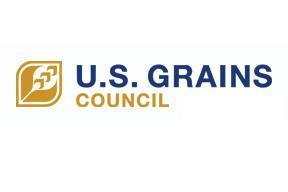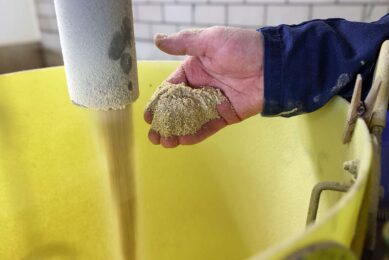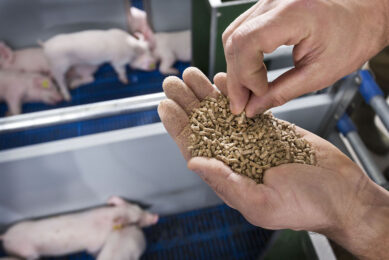Latest DDGS handbook available, with chapters on swine diets

To update current and potential customers on advances in research and end-users’ experience in feeding US distiller’s dried grains with solubles (DDGS), the US Grains Council has released a third edition of A Guide to Distiller’s Dried Grains with Solubles, with several chapters devoted to DDGS feeding in swine.
“When you look at the increased breadth of knowledge surrounding US DDGS, plus the new types of DDGS now entering the market, we believe this edition will help buyers and end users stay up-to-date on this high-quality feed ingredient,” said Alvaro Cordero, USGC manager of global trade.
“The handbook is designed to provide buyers the tools they need in understanding US DDGS and to aid in developing relationships with sellers,” he said. “In the end, we believe it will help buyers be more confident of the value of the US DDGS they purchase.”
The third edition is greatly expanded over the previous edition. New chapters and expanded feeding sections provide greater detail in feeding methods. For example, the chapter on feeding DDGS to beef cattle doubled in length and includes details on beef quality and yield, as well as details on feeding DDGS to replacement heifers.
“Early chapters of the handbook explain different production methods for distiller’s grains depending on an ethanol plant’s operations,” Cordero said. “One of those methods includes pulling corn oil out of the ethanol production process. This means there is less oil, or less fat, in the DDGS, which can impact how it is fed.” Because removing oil from the process is common in the United States, the handbook includes information on low-oil DDGS in swine diets. Chapters also cover including US DDGS in aquaculture, sheep, goat, horse and companion animal diets.
The handbook also provides detail on the nutrient composition and digestibility of DDGS and recommended laboratory analytical procedures. Details on the physical and chemical characteristics of DDGS and answers to commonly asked questions are included. Additional chapters focus on quality indicators and feed safety issues that may be of importance to buyers and end-users. Finally, a section on US DDGS suppliers allows global buyers and end-users to seek additional information and opportunities to buy.
“In this period of higher global grain prices, the use of US DDGS is one way to lower the cost of feed,” Cordero said. “It is an excellent, lower cost alternative feed ingredient that continues to be produced in large quantities by the US ethanol industry. When included in properly formulated feeds, it results in excellent animal health, performance and food product quality.”
Click to download the PDF here, or visit the US Grains Council or click here.
 Beheer
Beheer








 WP Admin
WP Admin  Bewerk bericht
Bewerk bericht